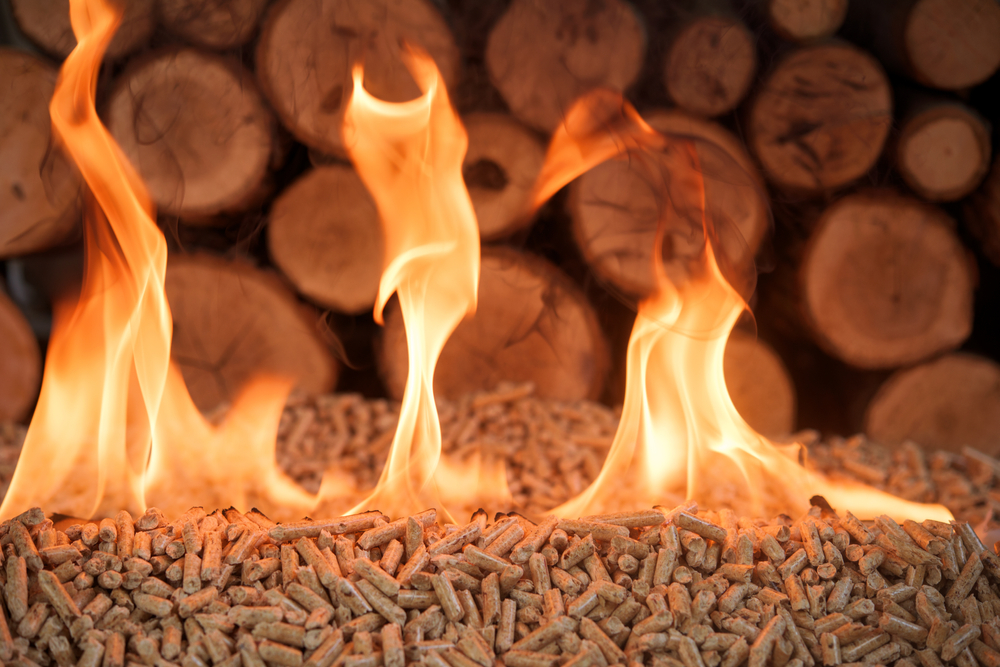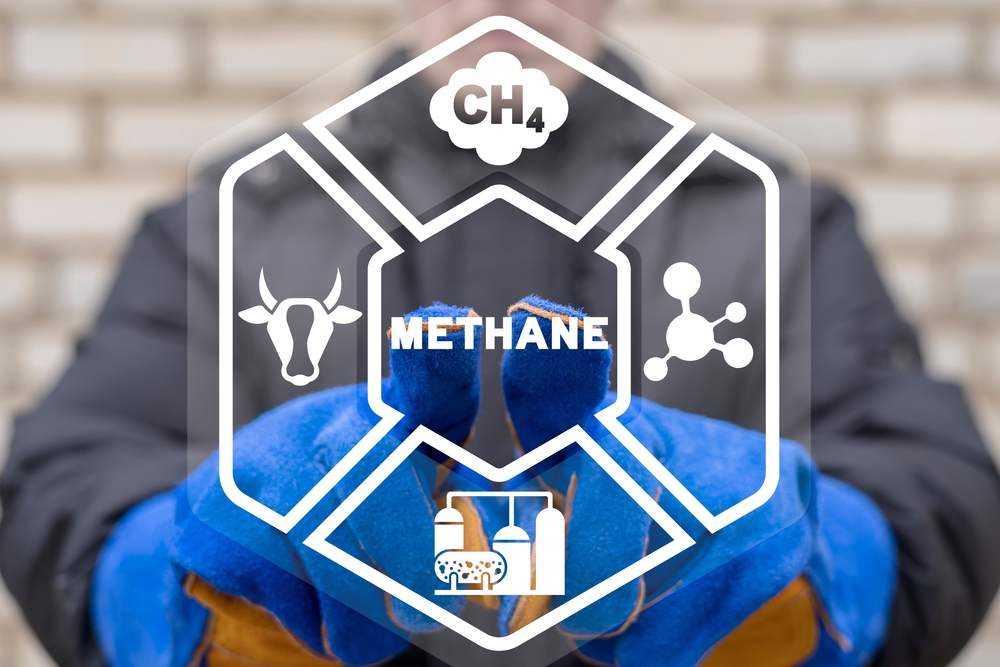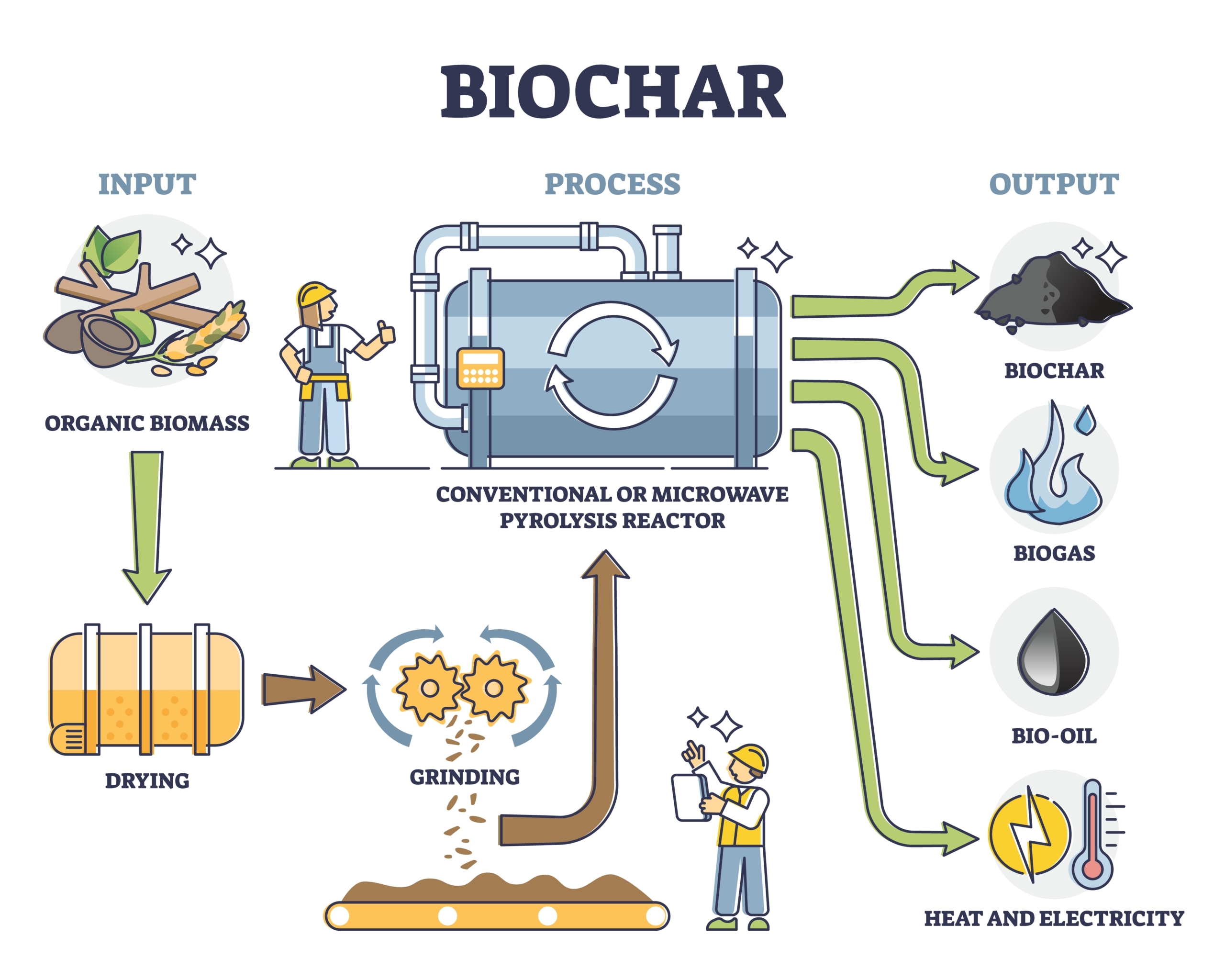
BioPower – Energizing Energy

BioPower - Energizing Energy
In our previous post about BioEnergy, we looked at BioMass and BioFuels. In this article we look into converting the BioMass into energy called BioPower.
In essence, BioPower technologies convert renewable BioMass into heat and electricity using processes similar to those used with fossil fuels. There are many different types of BioPower. These can be differentiated by the BioMass source and by the methods used to convert the BioMass into electricity.
Let’s look at each of these in a bit more detail.

Conversion Process
BioPower is created by the conversion of fuels derived from recently living organisms and/or municipal solid waste (BioMass) into energy in the form of electricity. The organic matter used as the initial fuel source or feedstock is called BioMass. For BioPower to be considered renewable, the feedstock must be available on a recurring basis.
When considered as a renewable resource for reducing greenhouse gas emissions, BioMass is generally considered carbon-neutral even though it does release carbon into the atmosphere when converted to electricity. Because the carbon in the feedstock was recently removed from the atmosphere by the plants and trees from which it is derived, the use of this matter as fuel does not release a new source of carbon into the atmosphere.
“As we move closer to reliance on more greener energy, BioEnergy will be a key part of the story.”
BioPower Systems
There are many ways to release the energy stored in BioMass to produce BioPower: burning, decomposition, and conversion. This leads into six major types of BioPower systems:
- Burning
- direct-fired
- cofiring
- Decomposition
- bacterial decay or anaerobic digestion
- Conversion
- gasification
- pyrolysis
- Combination
- small modular
Let’s look at each one in more detail.

Burning
Most electricity generated from BioMass is produced by direct combustion. BioMass is burned in a boiler to produce high-pressure steam. This steam flows over a series of turbine blades, causing them to rotate. The rotation of the turbine drives a generator, producing electricity. BioMass can also serve as a substitute for a portion of coal in an existing power plant furnace in a process called co-firing (combusting two different types of materials at the same time).
Direct-Firing
Most of the BioPower plants in the world use direct-fired systems. They burn bioenergy feedstocks directly to produce steam. This steam is usually captured by a turbine, and a generator then converts it into electricity. In some industries, the steam from the power plant is also used for manufacturing processes or to heat buildings. These are known as combined heat and power facilities. For instance, wood waste is often used to produce both electricity and steam at paper mills.
Cofiring
Many coal-fired power plants can use cofiring systems to significantly reduce emissions, especially sulphur dioxide emissions. Cofiring involves using bioenergy feedstocks as a supplementary energy source in high efficiency boilers.

Bacterial Decomposition (anaerobic digestion)
Organic waste material, such as animal dung or human sewage, is collected in oxygen-free tanks called digesters. Here, the material is decomposed by anaerobic bacteria that produce methane and other byproducts to form a renewable natural gas, which can then be purified and used to generate electricity.
The decay of BioMass produces a gas – methane – that can be used as an energy source. In landfills, wells can be drilled to release the methane from the decaying organic matter. Then pipes from each well carry the gas to a central point where it is filtered and cleaned before burning. Methane also can be produced from BioMass through a process called anaerobic digestion. Anaerobic digestion involves using bacteria to decompose organic matter in the absence of oxygen.
Methane can be used as an energy source in many ways. Most facilities burn it in a boiler to produce steam for electricity generation or for industrial processes. Two new ways include the use of microturbines and fuel cells. Microturbines have outputs of 25 to 500 kilowatts. About the size of a refrigerator, they can be used where there are space limitations for power production. Methane can also be used as the “fuel” in a fuel cell. Fuel cells work much like batteries but never need recharging, producing electricity as long as there’s fuel.

Conversion to Gas or Liquid
BioMass can be converted to a gaseous or liquid fuel through gasification and pyrolysis. Gasification is a process that exposes solid BioMass material to high temperatures with very little oxygen present, to produce synthesis gas (or syngas)—a mixture that consists mostly of carbon monoxide and hydrogen. The gas can then be burned in a conventional boiler to produce electricity. It can also be used to replace natural gas in a combined-cycle gas turbine.
Gasification
Gasification systems use high temperatures and an oxygen-starved environment to convert BioMass into a gas (a mixture of hydrogen, carbon monoxide, and methane). The gas fuels what’s called a gas turbine, which is very much like a jet engine, only it turns an electric generator instead of propelling a jet.
Pyrolysis
Pyrolysis uses a similar process to gasification but under different operating conditions. In this scenario, BioMass is heated at a lower temperature range but in the complete absence of oxygen to produce a crude bio-oil. This bio-oil is then substituted for fuel oil or diesel in furnaces, turbines, and engines for electricity production.

Combination - Small Modular
Several BioPower technologies can be used in small modular systems. A small modular system generates electricity at a capacity of 5 megawatts or less. This system is designed for use at the small town level or even at the consumer level. For example, some farmers use the waste from their livestock to provide their farms with electricity. Not only do these systems provide renewable energy, they also help farmers and ranchers meet environmental regulations. Small modular systems also have potential as distributed energy resources. Distributed energy resources refer to a variety of small modular power-generating technologies that can be combined to improve the operation of the electricity delivery system.
Conclusion
As we move closer to reliance on more greener energy, BioEnergy will be a key part of the story. All three parts BioMass, BioFuels, and BioPower already play a major role in this effort, and the best part is that it comes from renewable sources.
We offer our specialized services to not only meet, but go above and beyond your expectations. To learn more reach out to Marci Hewitt, Renewables & Surface Team Lead | Email: mhewitt@aimland.ca | Direct: 403-452-3713
#Energy4.0 #Biomass #Bioenergy #RenewalEnergy #CanadianEconomy #GlobalKnowledge #AlbertaRenewableIndustry








